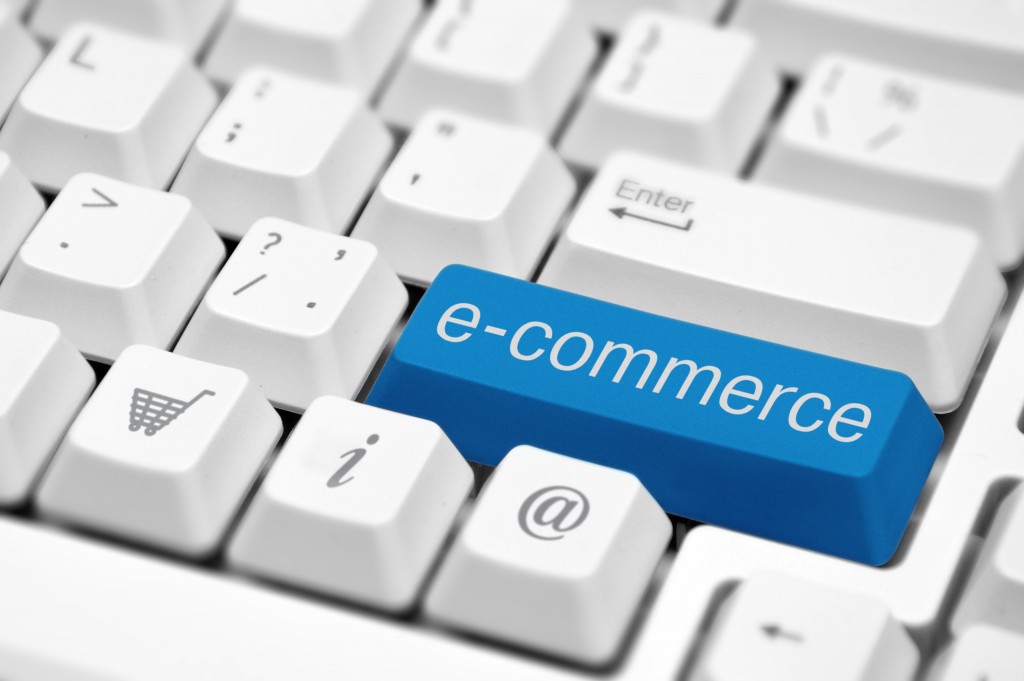Online shopping has been the norm even before the pandemic. Yet, the security of many eCommerce sites is still questionable. In 2018, Shape Security reported that some 90% of total login attempts to eCommerce sites were done by hackers.
Hacking eCommerce accounts is a common modus operandi for carrying out scams. Usually, the hacker would order items amounting to a few hundred dollars, and select cash on delivery as a payment method. The online retailer, oblivious to the fact that the purchase is illegitimate, would of course process the order. They would only realize that their customer’s account has been hacked on the day of the delivery when the customer or courier reports the incident.
Because of the huge possibility of such a scam happening, online retailers widened their payment mode options. Though many consumers still prefer to pay upon delivery, online retailers would rather increase their convenience and security. As such, they included credit card payments and other electronic payment methods.
Let’s walk through each of them to see which one offers the most security.
Credit and Debit Card
Credit and debit cards are the most widely used mode of payment in the world. They have been around before eCommerce rose to extreme popularity. Plus, banks offer multiple benefits to cardholders, and the cards themselves are universally accepted and proven safe. You can shop at any eCommerce store, including those abroad, and your credit or debit card will be honored.
However, though, it’s generally safe to shop online with a credit or debit card, users still have to exercise caution. An eCommerce site’s payment page should have encryption to prevent unauthorized users from seeing and copying credit card records. When a user confirms their order, their credit card information should be taken to the encrypted channel, then to the payment processor. That way, a hacker can’t interfere and steal information.
But if the customer’s device or network is compromised, their credit card information can still be vulnerable to theft. Likewise, if the eCommerce website itself isn’t protected, hackers can still worm their way into their payment pages. Hence, if you run an eCommerce brand, don’t skimp on cybersecurity.
Online Bank Transfer
This mode of payment is relatively new, but is becoming increasingly popular. As more people enroll their bank accounts online, paying for online orders will become easier and faster. Many consumers find online bank transfers safe because the transactions are heavily monitored and secured by the bank. However, some banks charge a transfer fee, which repels some consumers from choosing this mode of payment. Plus, it can take a few business days for the money to be deposited into the other account.

Phone Payments
PayMaya and GCash are the most popular types of phone payments, specifically in the Philippines. They’re highly convenient, as they transfer money instantly, even to a bank. Though they may also charge a fee, it’s considerably lower than inter-bank transfer charges.
Phone payments are also secure, but not many online retailers are honoring them yet. But since the pandemic, more eCommerce sites started to include it in their payment options.
Remittance Centers
Remittance is normally associated with people working abroad sending money home. But it’s now an accepted mode of payment in eCommerce as well. Online retailers and consumers trust reputable money remittance services because the process is fast and safe. Moreover, it’s the easiest way to send and receive money for people in low-income households.
Payment Getaway: The Key to Safe and Secure Online Transactions
All modes of payments above are safe. But since credit and debit cards are still susceptible to hacking, online retailers should use a payment getaway on their checkout pages.
A payment getaway is a merchant service that processes all credit and debit card payments. It encrypts data, requests authorization, and fulfills the payment only after receiving the authorization. It’s like a digital cash register, which verifies a customer’s credit card before deducting the payment from it.
Some people may confuse a payment gateway as a payment processor, but the two have different functions. A payment processor analyzes and transmits transaction data, while a payment gateway performs the functions mentioned above. PayPal is an example of a payment gateway. Customers are redirected to it so that they can input their credit or debit card details on a secure platform.
Another type of payment gateway is checking out on-site and paying off-site. This is similar to redirects, only the payment processing will also occur on the payment gateway platform.
Lastly, there’s on-site payment, in which customer payments are all handled by the eCommerce site’s own servers. This allows online retailers more control, but also more responsibility.
Overall, any electronic payment method can be made more secure than they already are, but customers and online retailers should still ensure the security of their devices and networks. No system is foolproof, after all.

